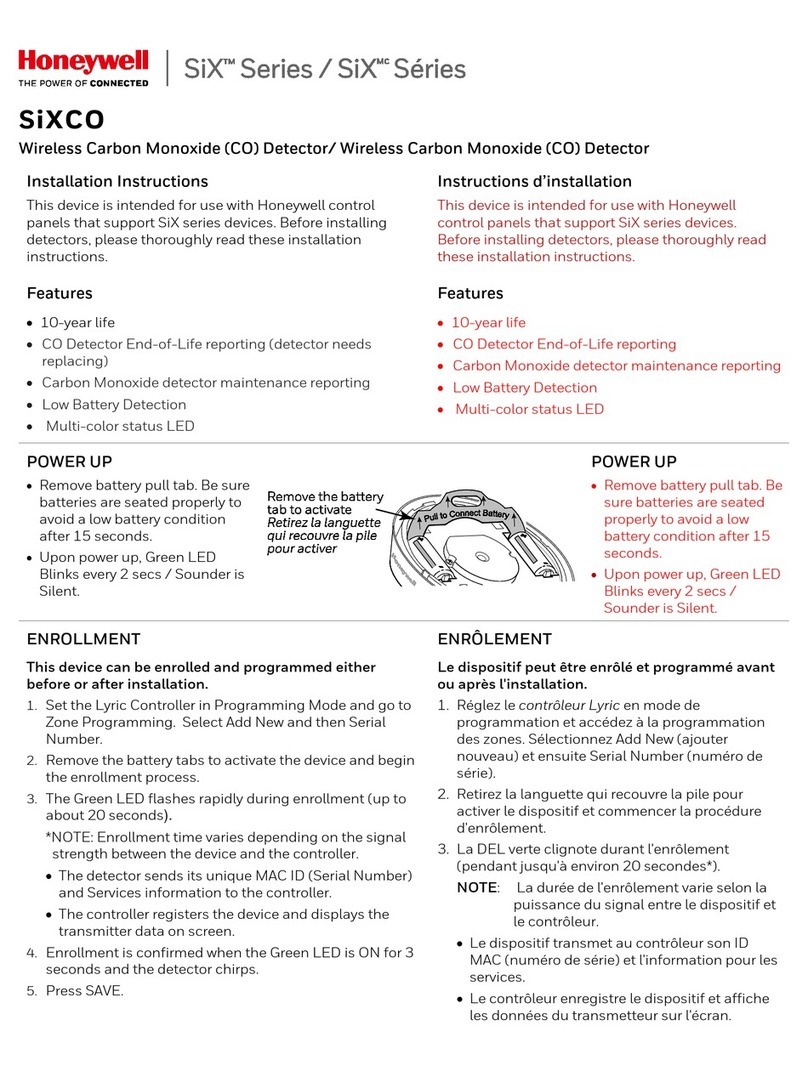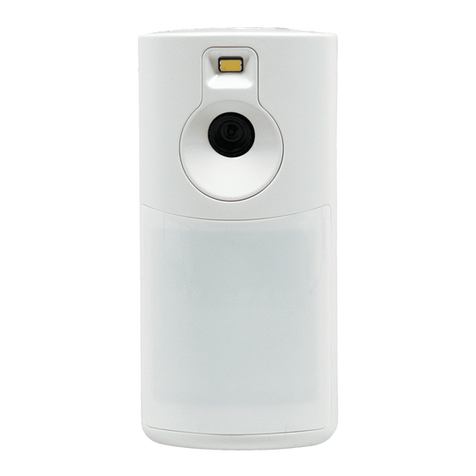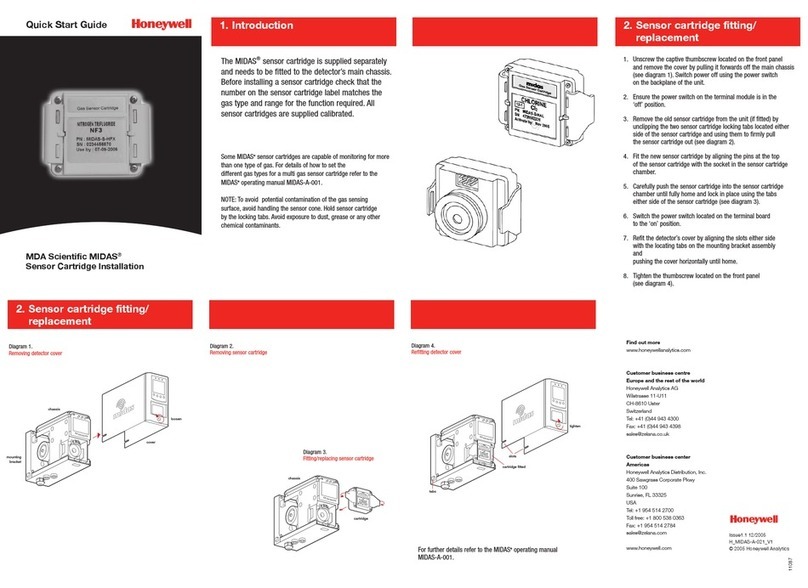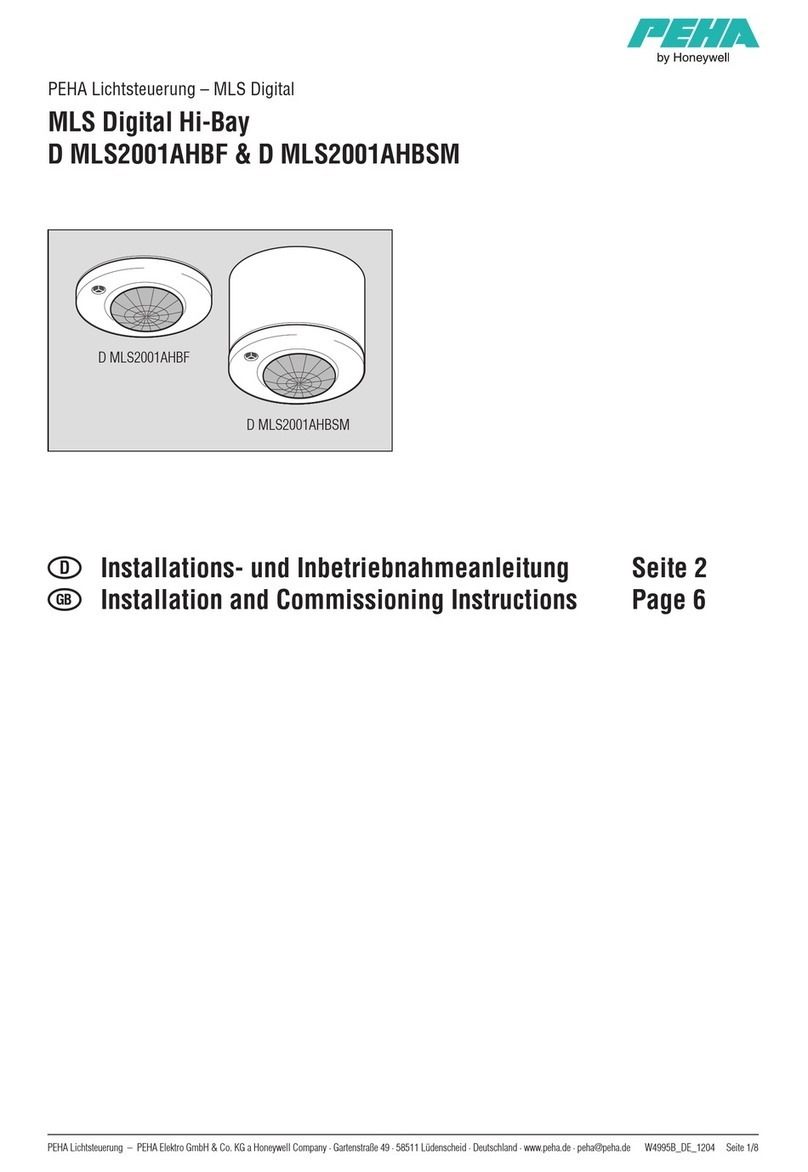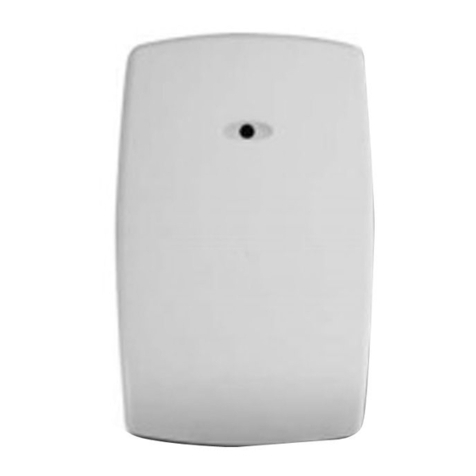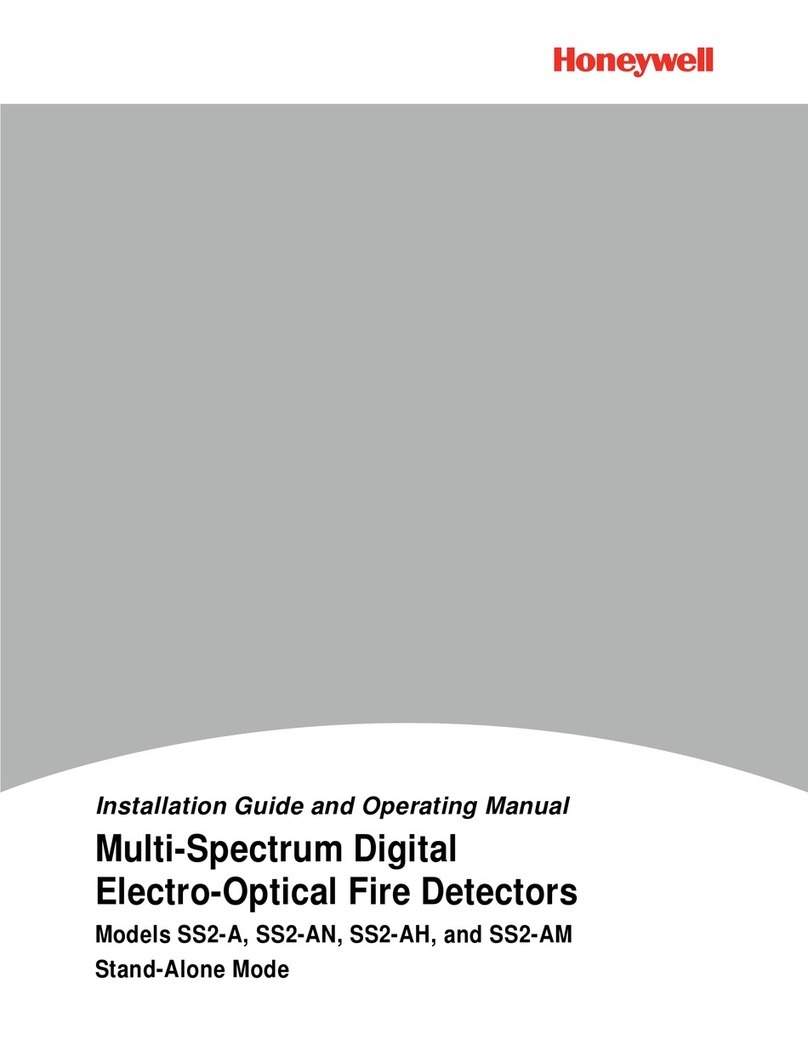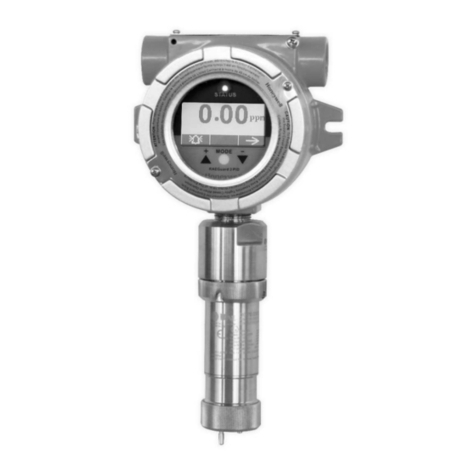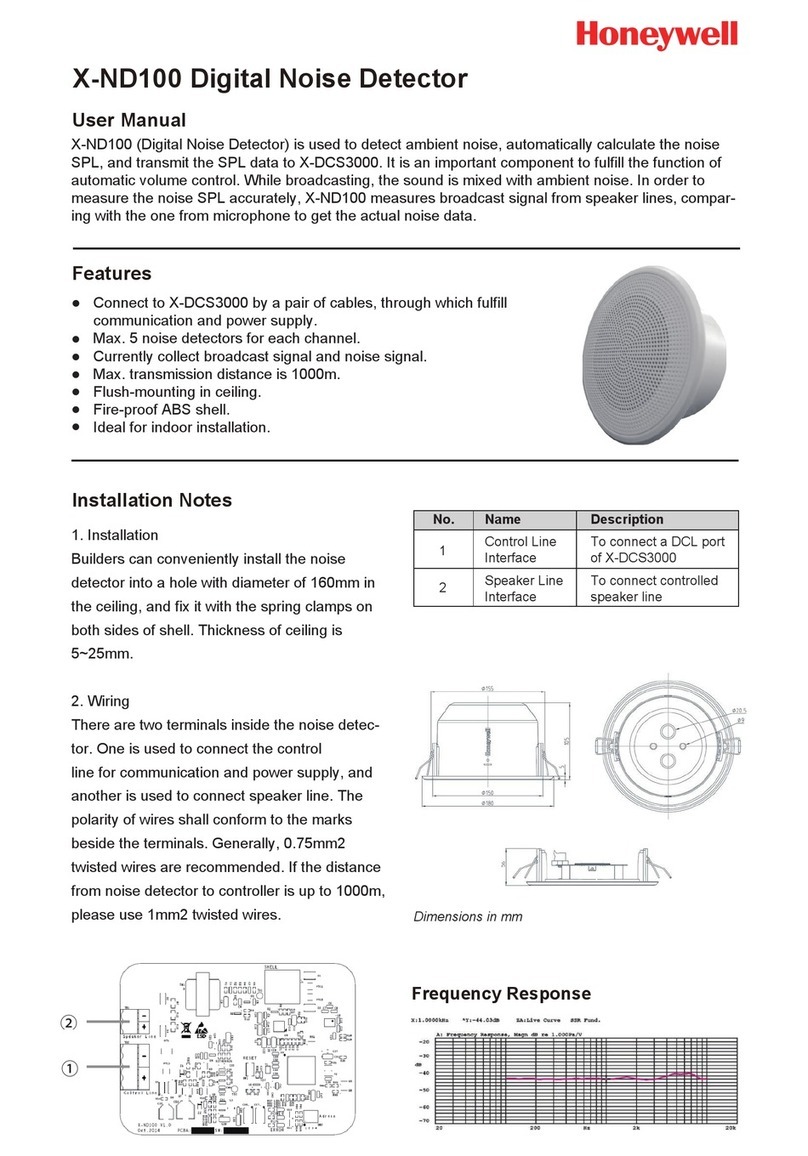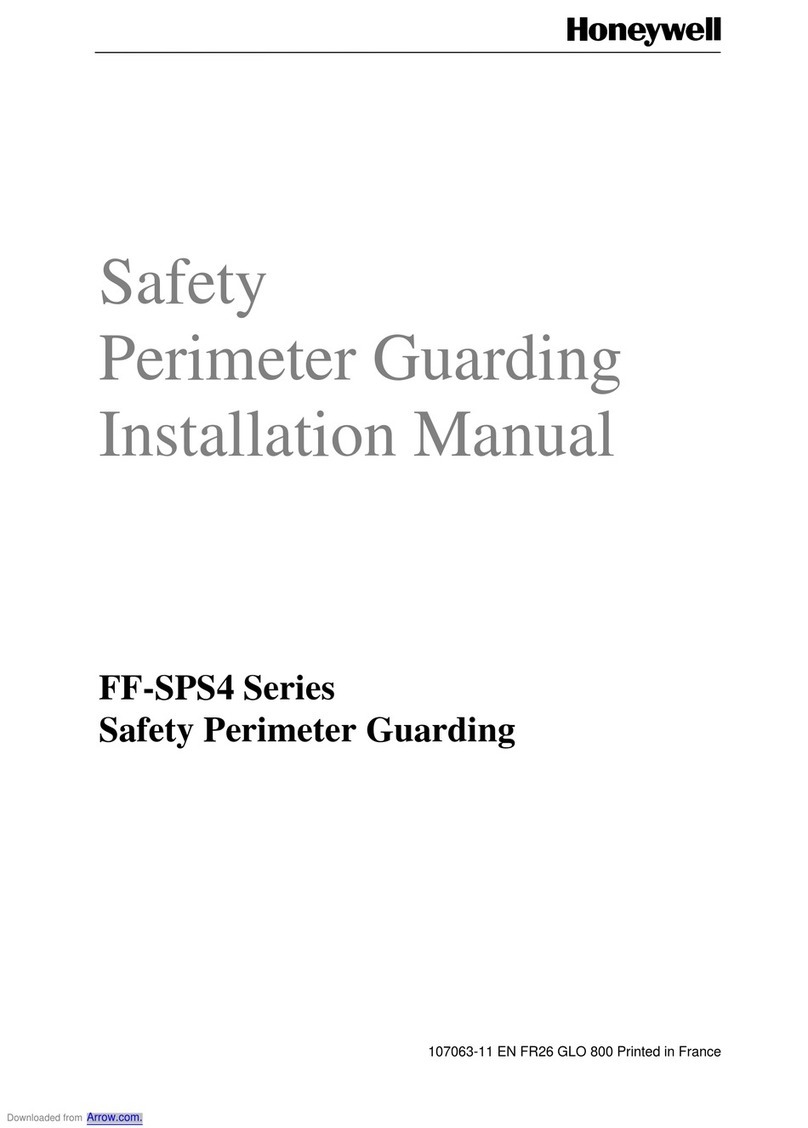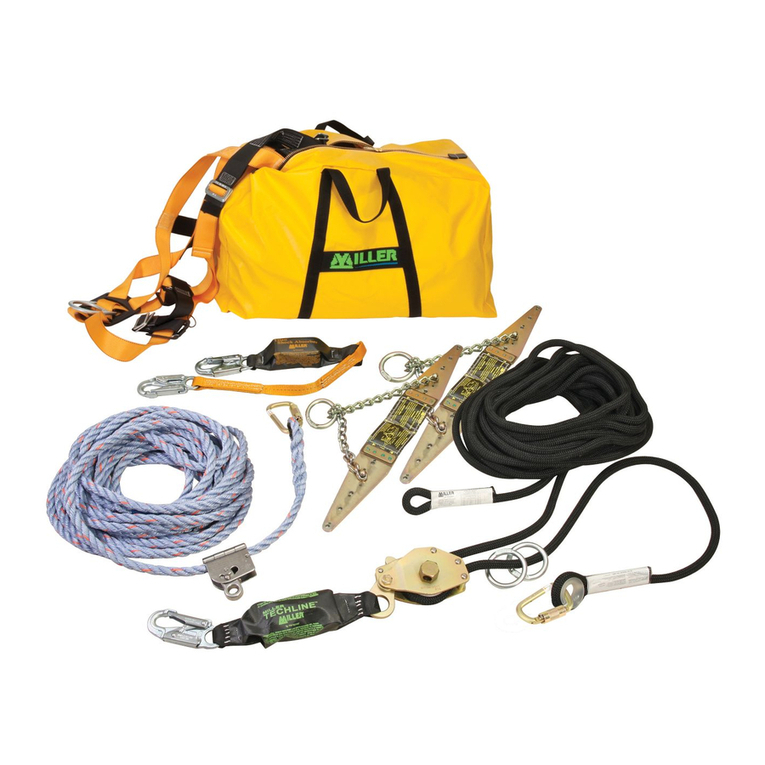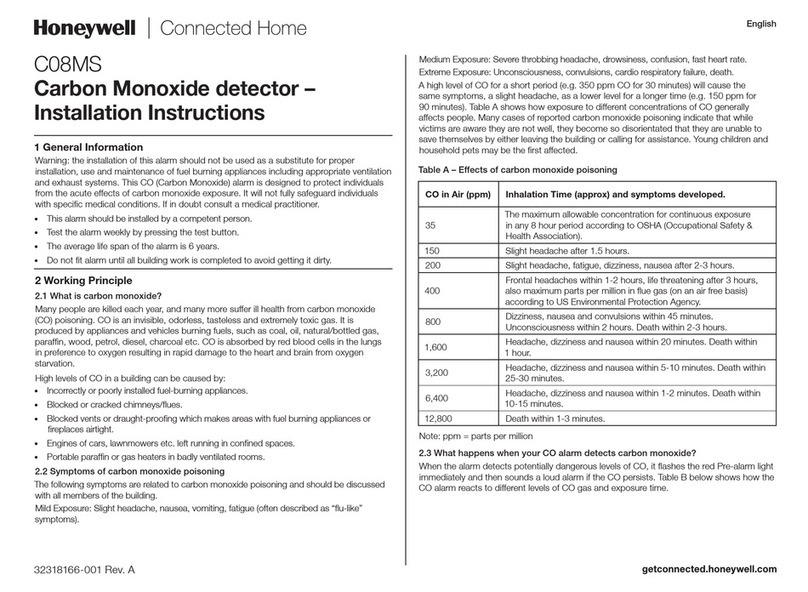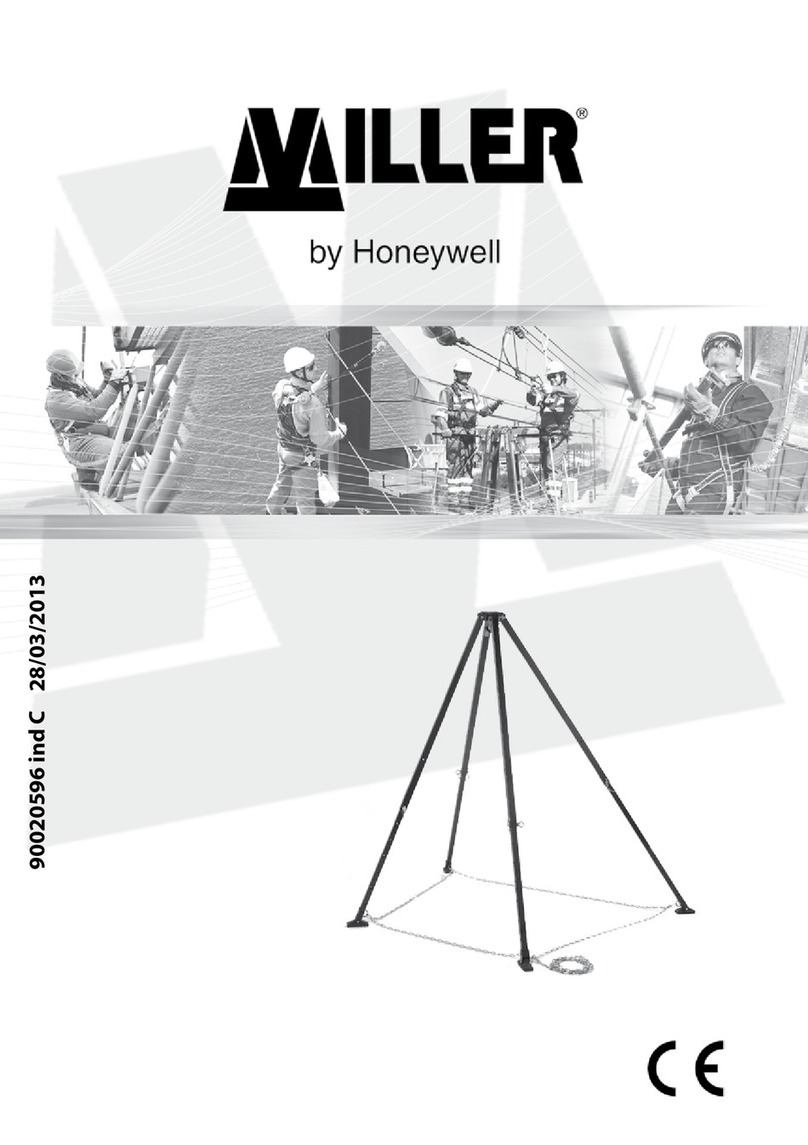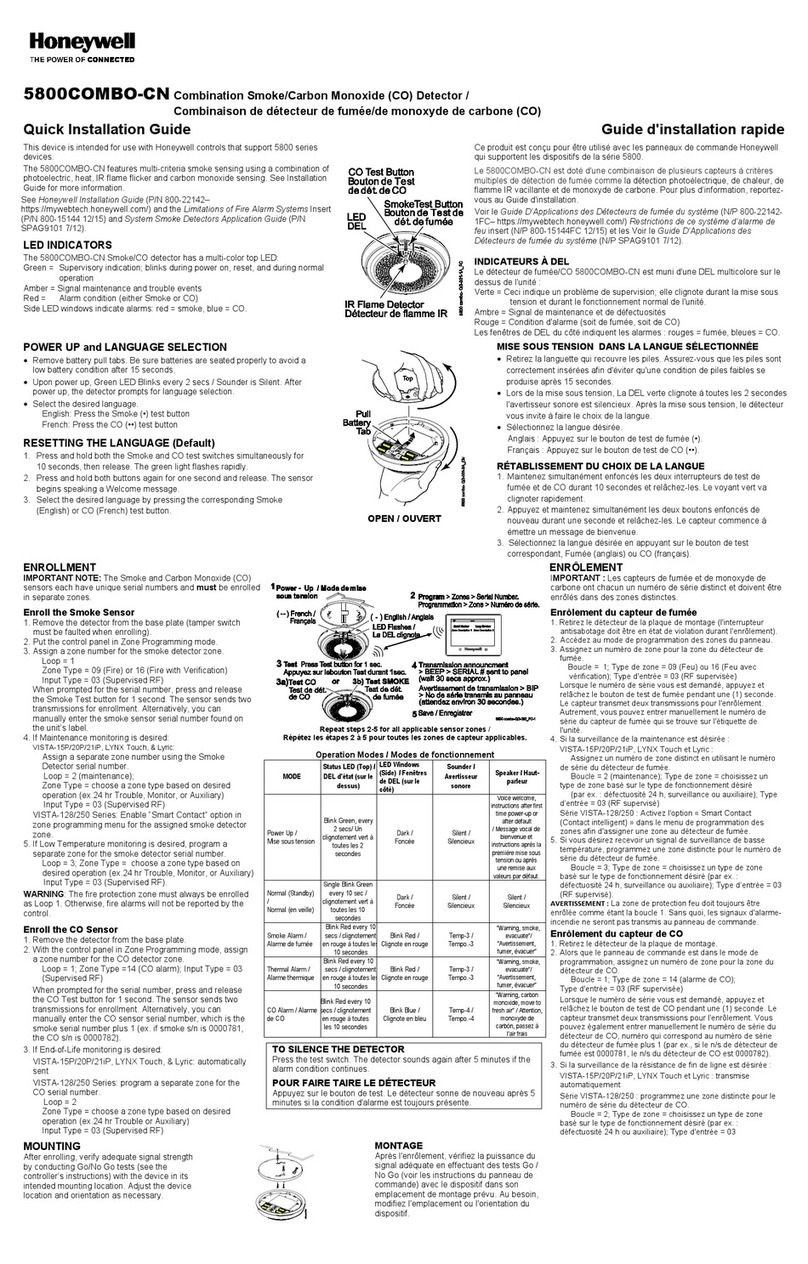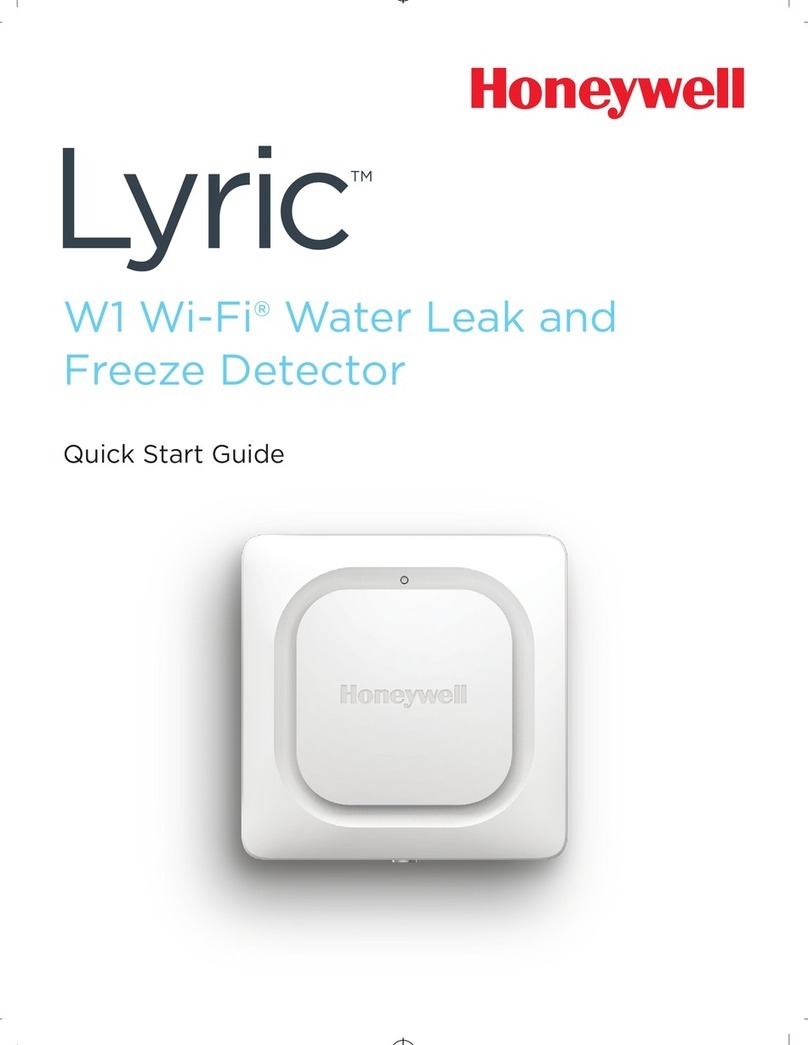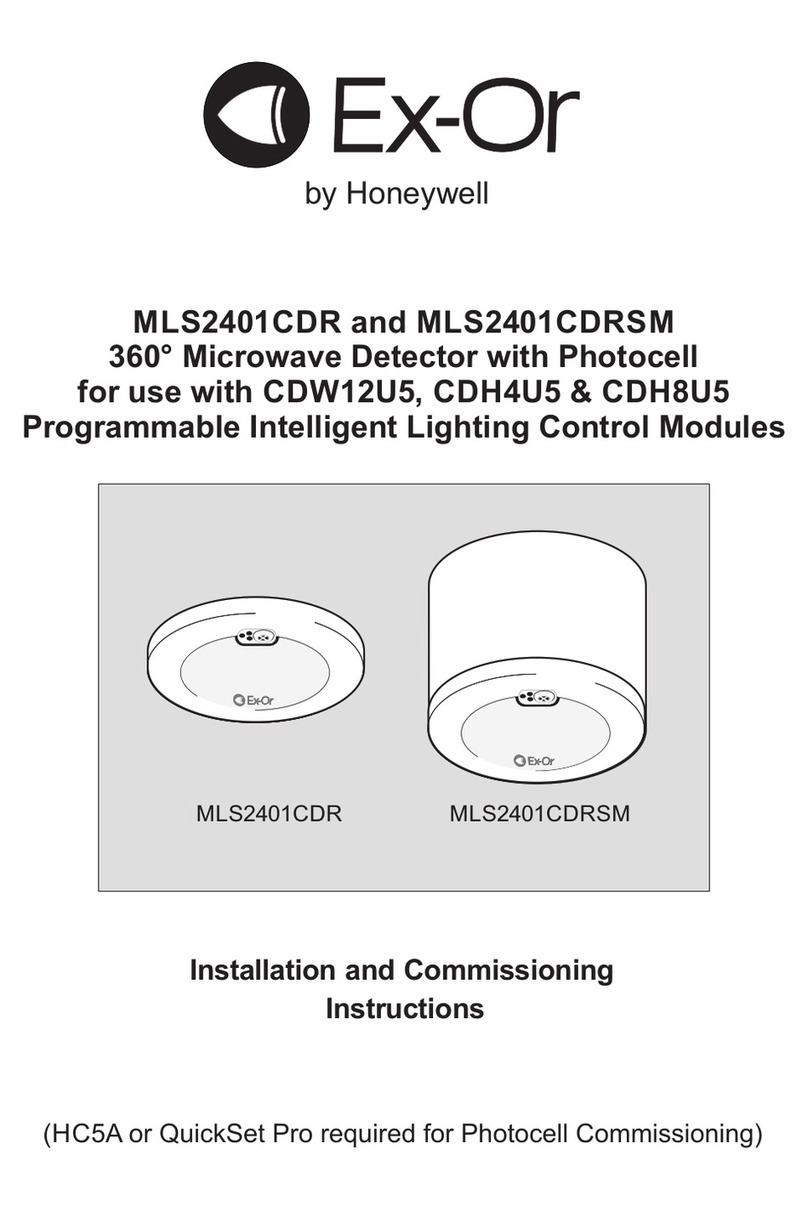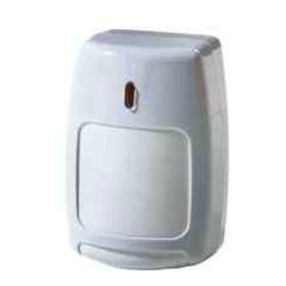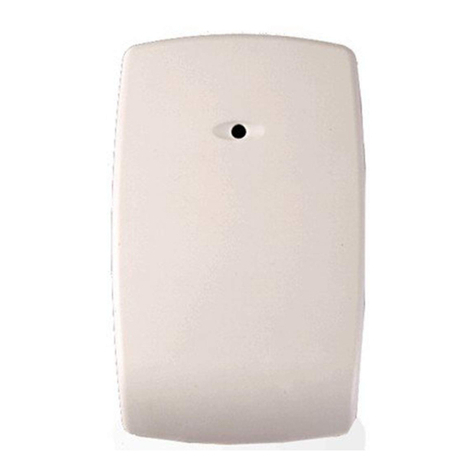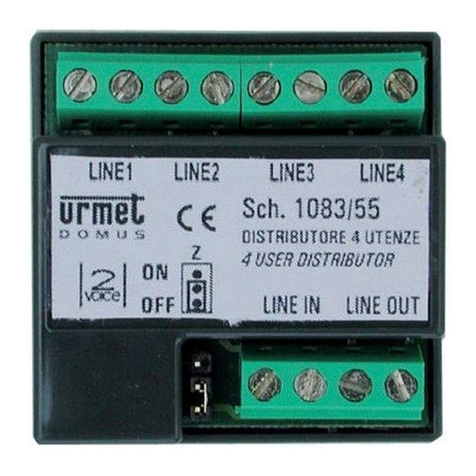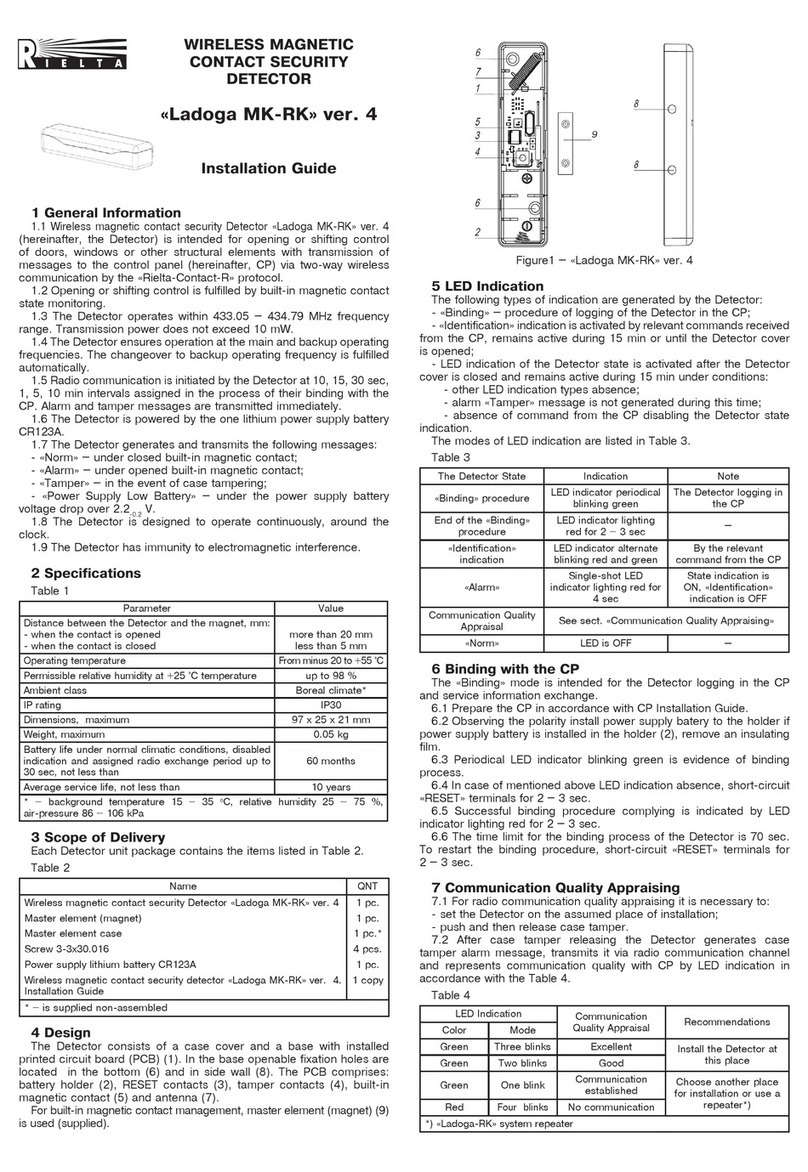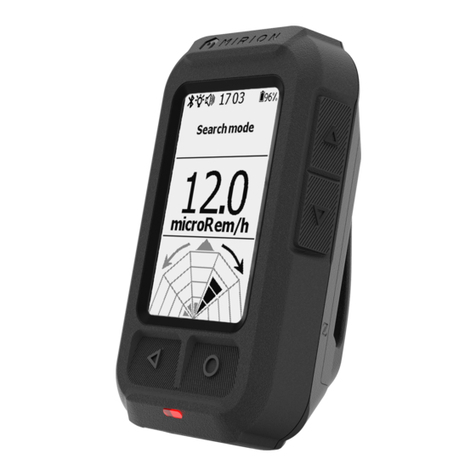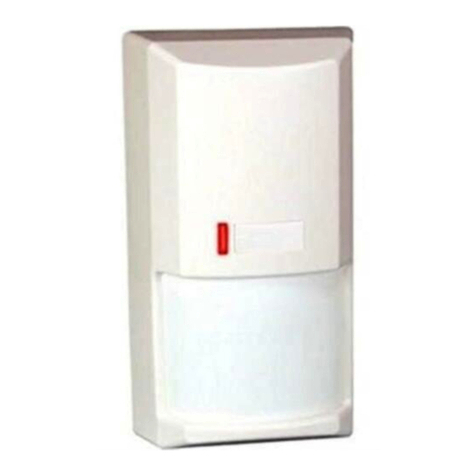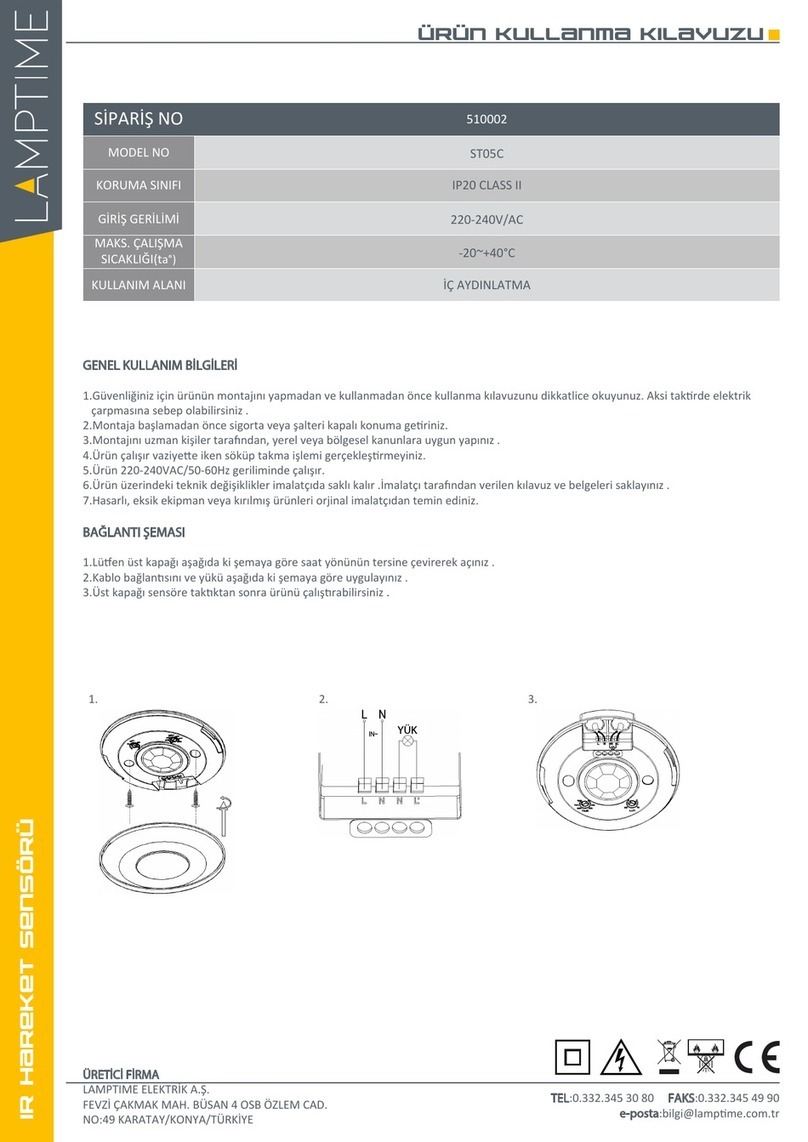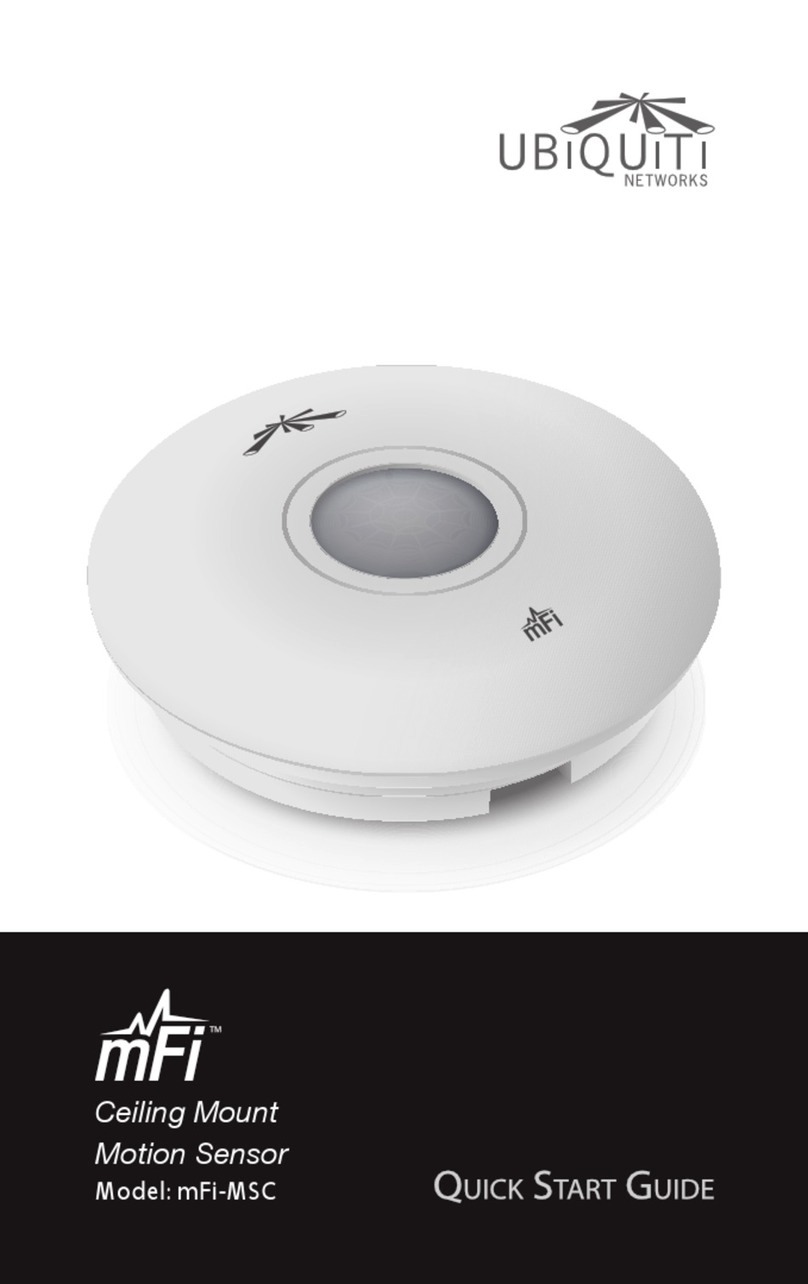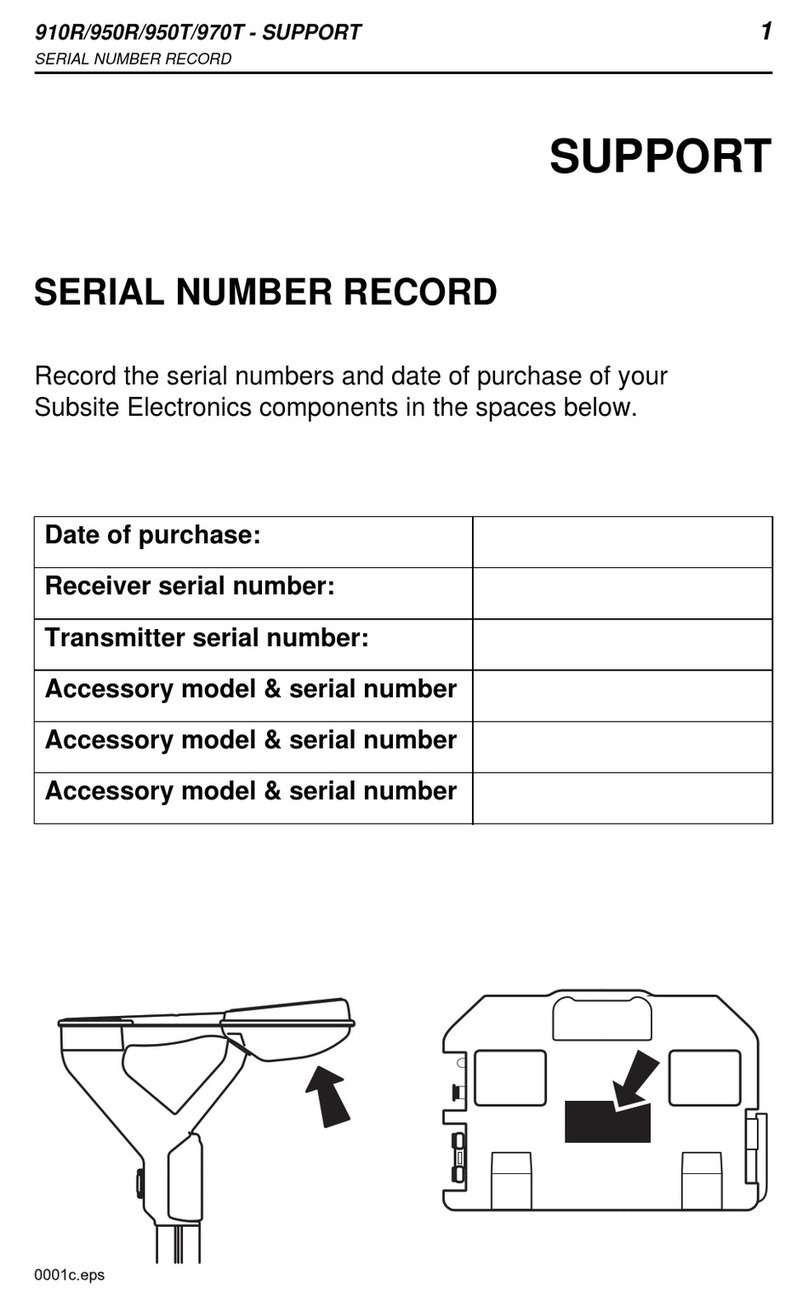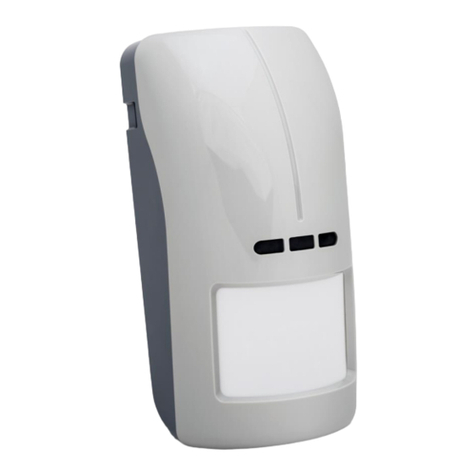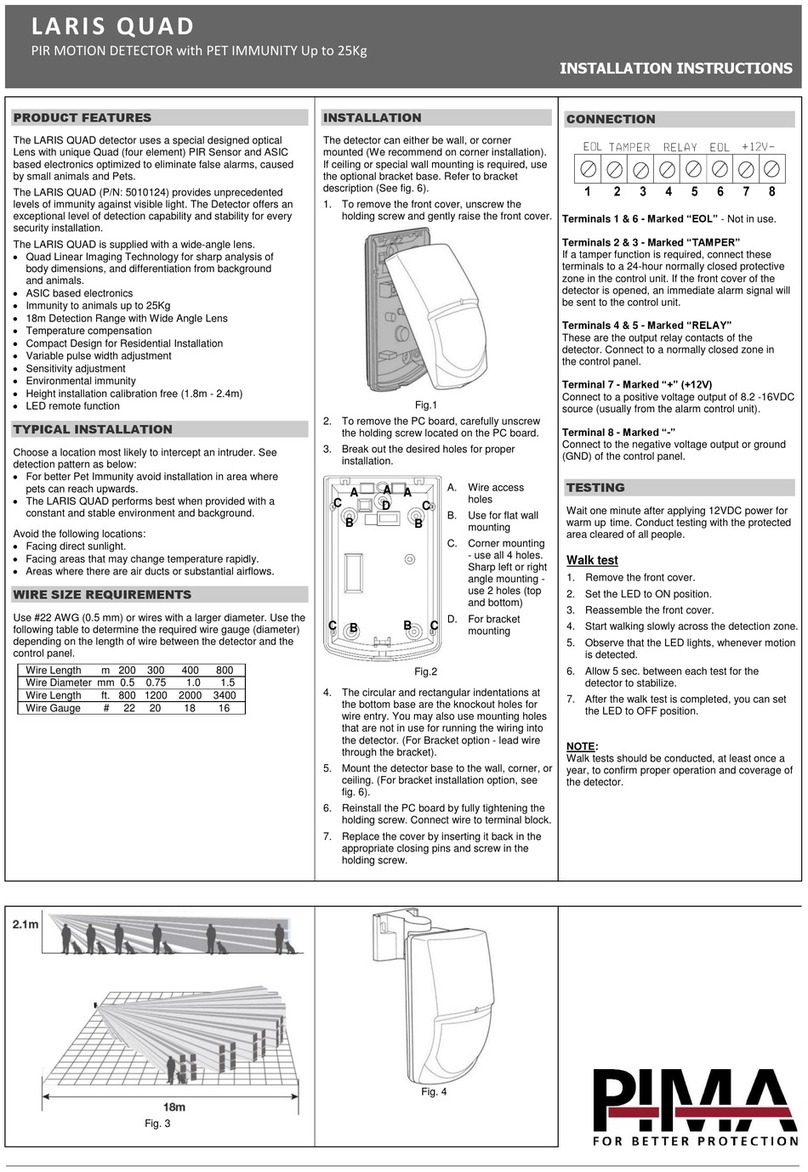
Fixing
Only suitably qualified personnel should install this equipment.
1. This is an extremely sensitive movement detector; it is essential therefore that it be installed on a rigid
surface that will not itself be subject to any movement or vibration.
2. Before isolating the circuits to be switched, check that all lighting is fully operational and that there is no
moving equipment or machinery within the monitored area which may cause nuisance switching.
3. Position the detector where it has a good forward “view” of the area to be controlled. Ideal mounting
location is normally in a corner by the entrance or at one end of a corridor at a height of 2.5 to 4m. Do not
mount within 25cm of a fluorescent fitting.
Please note that this product uses microwave technology to detect occupancy and is not recommended
for applications where there are large areas of metal, e.g. metal ceiling or panelling, as unpredictable
sensitivity may result.
Also, microwave presence detection is not completely attenuated by materials such as plasterboard,
wood and glass, so the possibility of unwanted presence detection through office partitions should be
considered when determining detector positioning and sensitivity settings within the intended application.
4a. MLS2500D - Surface version
Separate the detector from its back-box by loosening the locking screw so that approximately 3mm of
thread is visible and then twisting the detector off the back-box. Note the arrow symbol moulded into the
bottom of the back-box. The fixing holes allow for mounting on a BESA box or direct to a rigid surface.
Secure the back-box firmly to a rigid surface so that the arrow points into the controlled area.
4b. MLS2500DF- Semi-flush version
Use a hole saw to drill a 76mm hole into the ceiling tile. The flush ring is designed to clamp the tile between
its two halves. Loosen the locking screw so that approximately 3mm of thread is visible and remove the
bottom half of the flush ring. With the detector in the ceiling, pointing towards the area to be controlled, fit
the bottom half of the flush ring to the assembly. Depending on the thickness of the ceiling tile, screws
longer than those supplied may be required to hold the two halves of the flush ring together.
It is recommended that Mid Range detectors be ceiling mounted. Where this is not possible, the wall-mounting
kit (WMK - see below) must be used.
Digital Mid Range Series Detector
WMK Wall-mounting Kit
(Supplied assembled)
Vertical installation
Use this method of mounting for racking aisle
applications and where adjustment in the
vertical plane will give improved control over
the precise point of entry detection.
Horizontal installation
For general applications where
ceiling mounting is not
convenient and wide angle
coverage in the horizontal plane
is desirable. The WMK can be
screwed to a hard surface or the
lid of a conduit stop-end box.
Exploded view of detector
for fixing into ceiling tiles.
2
